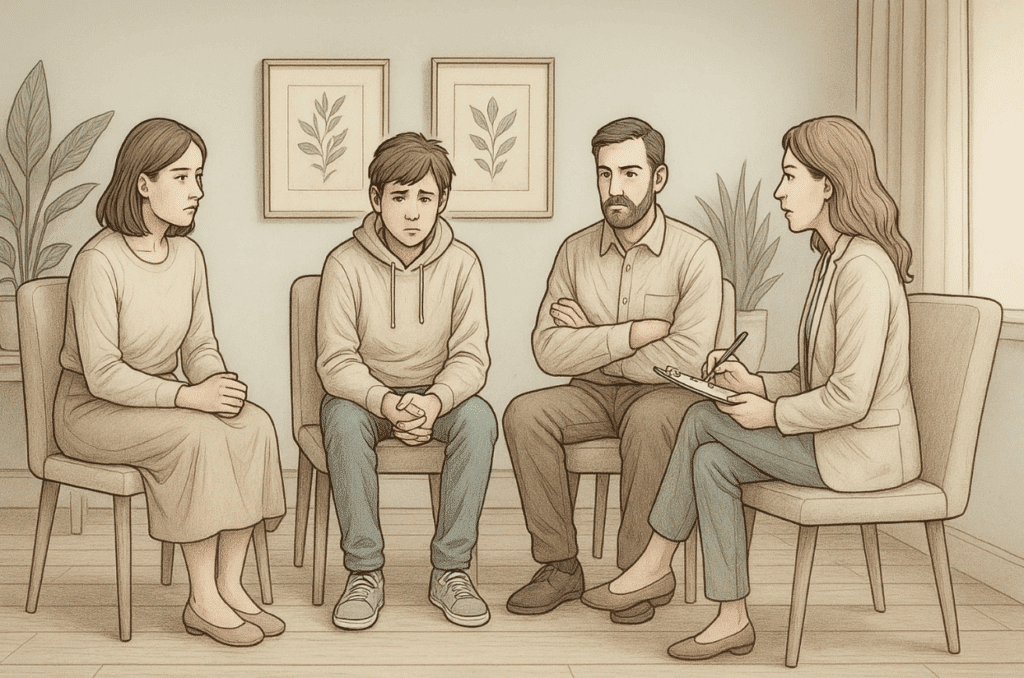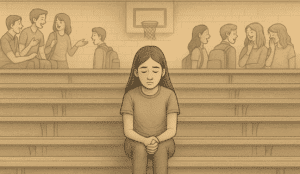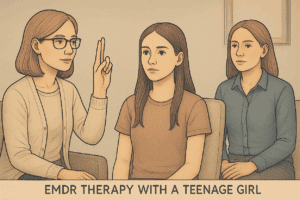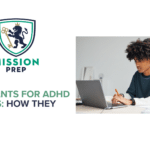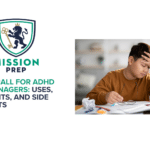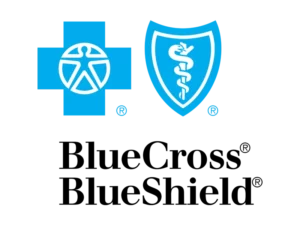Key Takeaways
- CBT (Cognitive Behavioral Therapy) specifically targets executive functioning challenges in teens with ADHD, helping them develop practical skills for organization, time management, and emotional regulation.
- Research shows CBT can reduce core ADHD symptoms by 30–50% when used consistently, whether alongside medication or as a standalone treatment.
- Teens with ADHD who participate in CBT show significant improvements in academic performance, with studies reporting grade increases of up to one full letter grade.
- The five most effective CBT techniques for teens include thought challenging, behavior tracking, goal setting, time management tools, and emotional control strategies, all adapted specifically for the adolescent ADHD brain.
- At Mission Prep Healthcare, our CBT techniques are customized to each teen’s unique challenges providing teens with executive functioning abilities, emotional regulation strategies, and organizational systems needed to thrive academically and socially.
How CBT Helps ADHD Brain Struggles
The ADHD brain processes information differently, particularly in the prefrontal cortex, the command center for executive functions like planning, prioritizing, and regulating emotions. Cognitive Behavioral Therapy (CBT) works by creating new neural pathways through consistent practice of alternative thinking and behavior patterns.
Unlike other therapies that focus primarily on emotional exploration, CBT provides teens with concrete strategies they can apply immediately to school, social situations, and daily life challenges. The beauty of CBT is that it acknowledges the neurological basis of ADHD while empowering teens to develop workarounds that make real-world functioning easier.
CBT Success Rates
The evidence supporting CBT for teen ADHD is compelling. Research shows that structured CBT programs can reduce core ADHD symptoms by 30–50% when used consistently.
A 2017 study published in the Journal of Child Psychology and Psychiatry demonstrated that teens who received CBT showed significant improvements in academic performance, with average grade increases of nearly one full letter grade.
Most importantly, these gains tend to be maintained long-term, with follow-up studies showing benefits persisting 6–12 months after treatment ends.
| Mission Prep Healthcare: Adolescent Mental Health Care Mission Prep Healthcare specializes in mental health treatment for teens aged 12-17, offering residential and outpatient programs for anxiety, depression, trauma, and mood disorders. Our therapies include CBT, DBT, EMDR, and TMS, tailored to each adolescent’s needs. With a structured, supportive environment, we integrate academic support and family involvement to promote lasting recovery. Our goal is to help teens build resilience and regain confidence in their future. Start your recovery journey with Mission Prep Healthcare today! |
Top 5 CBT Techniques for Teens
Thought Challenging
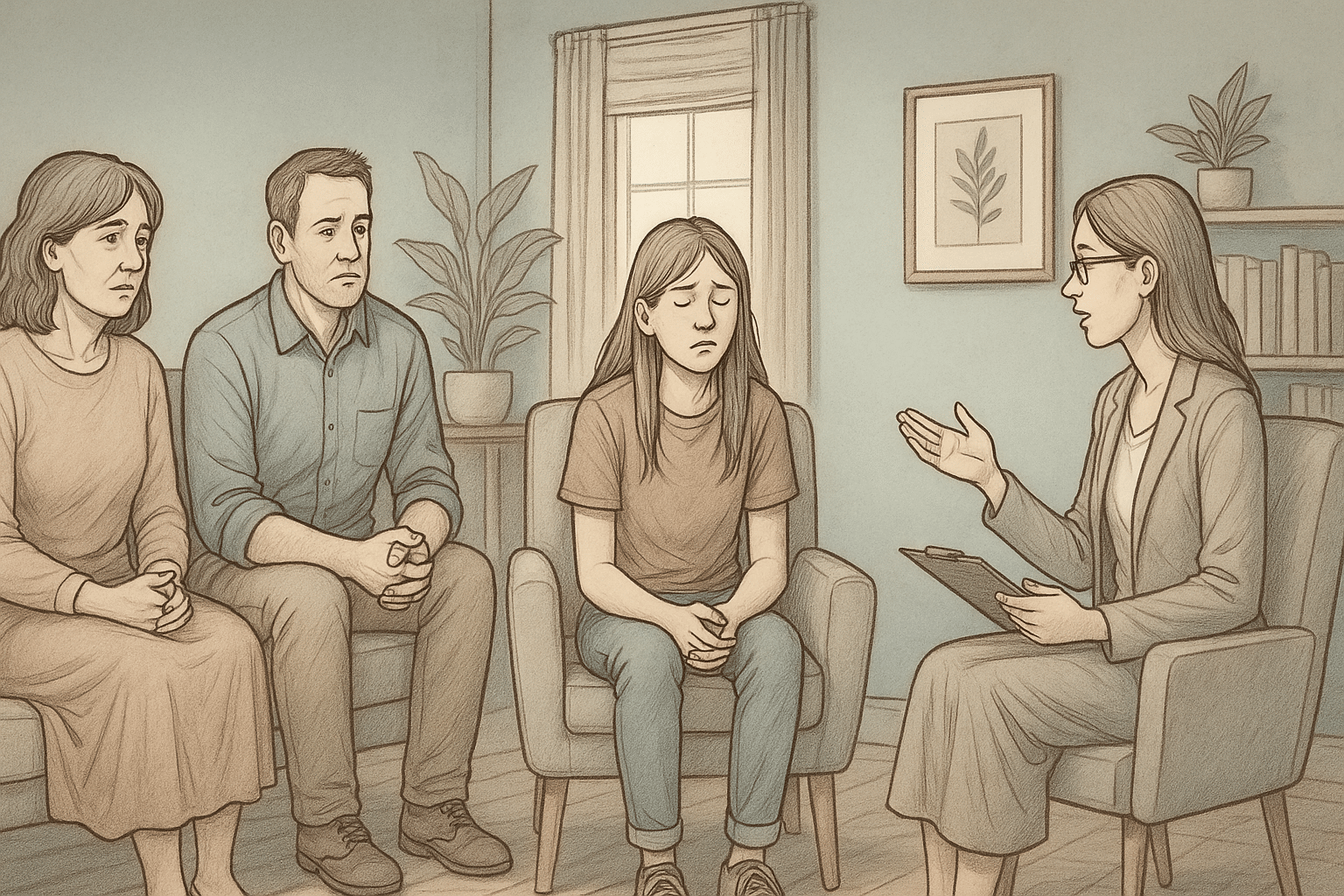
Thought challenging forms the cognitive foundation of Cognitive Behavioral Therapy (CBT) for ADHD teens.
Teens are taught in therapy to recognize when their ADHD is “talking”; those moments when automatic negative thoughts like “I’m just lazy” or “I’ll never get this done” take over.
Teens learn to identify these thoughts as symptoms, not truths, and to systematically evaluate and replace them. This isn’t just positive thinking, it’s about developing accurate thinking that acknowledges challenges without catastrophizing them.
Behavior Tracking
Behavior tracking helps teens connect their actions with consequences, creating visibility into patterns they may not otherwise notice. This technique is particularly effective because it transforms abstract concepts like “I never finish my homework” into concrete data showing when, where, and why work gets completed or abandoned.
The most effective tracking systems are co-designed by the teen and their therapist. Teens might prefer app-based solutions with reminders and rewards, while others connect better with colorful paper journals or whiteboards. The specific format matters less than consistency and the teen’s willingness to engage with it.
Goal Setting
Goal setting for ADHD teens requires a different approach than typical goal frameworks. Traditional SMART goals often fail because they don’t account for the ADHD brain’s need for immediacy, novelty, and explicit connections to motivation.
CBT introduces a modified approach called SMART+ goals: Specific, Measurable, Attainable, Relevant, Time-bound—plus Interest-based and Reward-linked for teens with ADHD. This framework ensures goals are not just logical but emotionally compelling to the ADHD brain.
For example, rather than “improve math grade,” goals like “complete 5 practice problems before checking the phone” can be set. These smaller goals create stepping stones that make progress visible and maintain motivation.
Emotional Control
Emotional dysregulation is one of the most overlooked aspects of ADHD, yet it causes significant distress for many teens. CBT addresses this by teaching teens to recognize their emotional triggers and physical warning signs before emotions escalate to overwhelming levels.
Teens also learn to distinguish between productive and unproductive reactions through role-playing scenarios relevant to their daily lives. For example, they might practice appropriate responses to a poor test grade, being interrupted repeatedly in conversation, or having plans changed at the last minute, all common triggers for ADHD emotional reactivity.
These skills significantly reduce conflict at home and school while giving teens a sense of control over what previously felt like unpredictable emotional storms.
Weekly CBT Exercises to Try
5-Minute Morning Planner
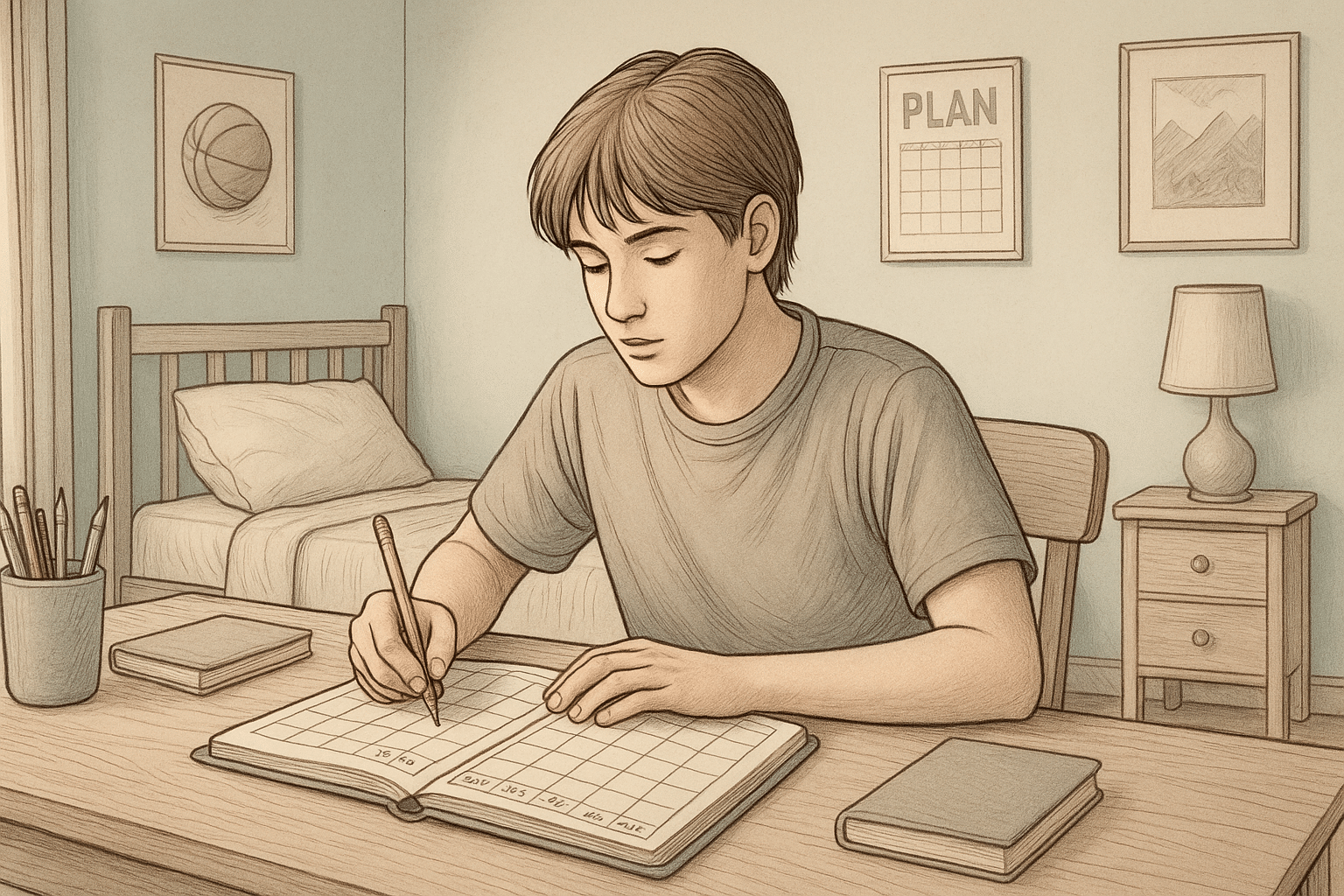
The 5-Minute Morning Planner transforms chaotic mornings into structured, predictable routines that set you up for daily success.
This exercise involves spending just five minutes each morning identifying the top three priorities for the day, anticipating potential obstacles, and creating specific implementation intentions (“When X happens, I’ll do Y”).
For ADHD teens, this brief planning session creates crucial structure while preventing the overwhelm that comes from trying to hold too many tasks in working memory.
Distraction Journal
The Distraction Journal helps you develop metacognition; awareness of your own thinking patterns by tracking when, why, and how distractions occur. Throughout the day, you’ll briefly note moments when you notice your attention shifting away from your intended focus.
You record what you were doing, what distracted you, and what (if anything) helped you refocus. This simple practice builds the “noticing muscle” that’s essential for developing better attention management.
STOP Technique
The STOP technique provides a structured pause between trigger and reaction, creating space for better choices. STOP stands for: Stop what you’re doing; Take a breath; Observe what’s happening internally and externally; and Proceed with intention.
You should practice this technique first in low-stakes situations, gradually building up to using it during more challenging moments like conflicts with parents or frustrating homework assignments.
How to Talk to Parents About CBT
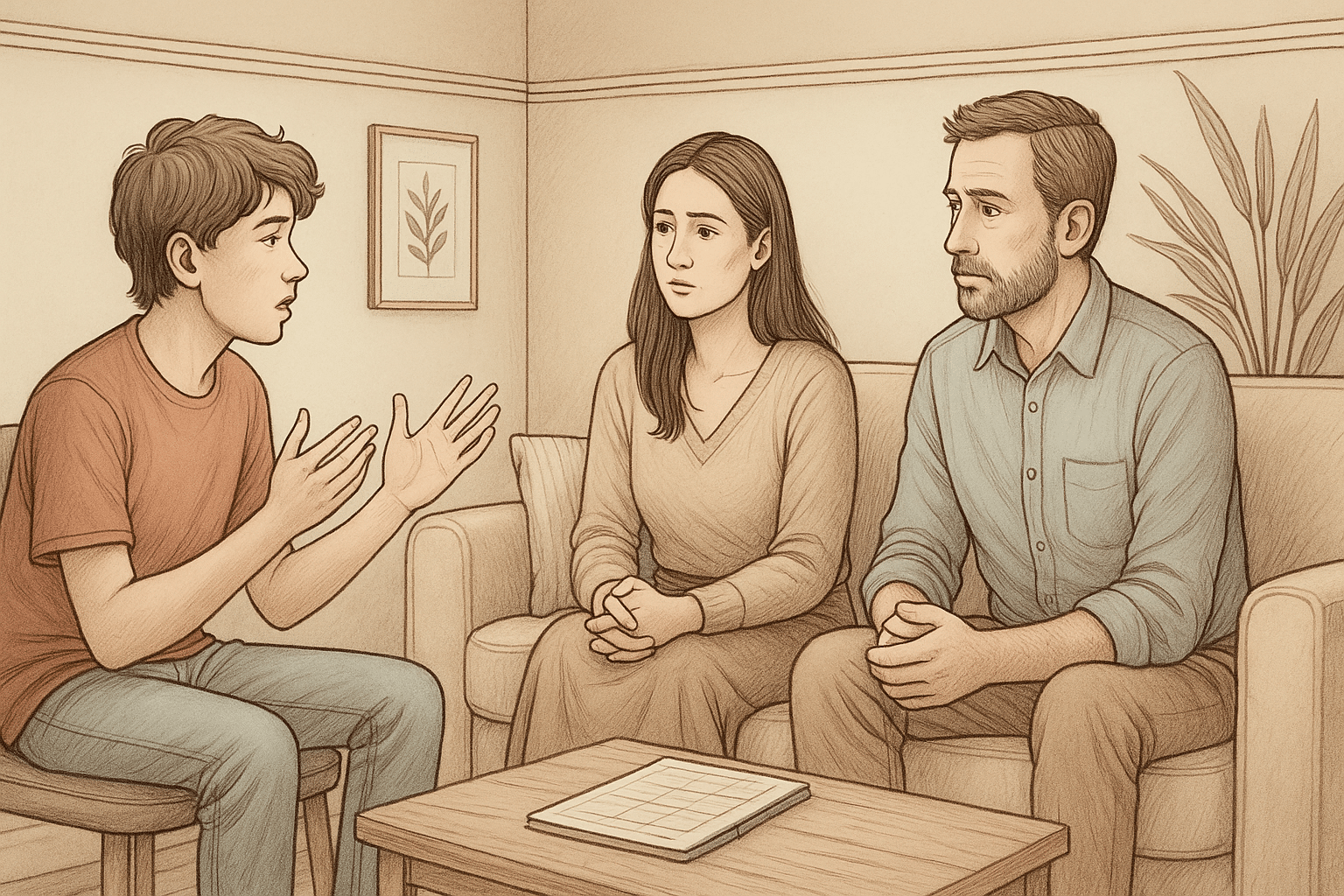
Parents may have misconceptions about therapy or concerns about cost and time commitment. Approaching the conversation with specific information rather than general complaints increases the likelihood of positive response.
Starting the Conversation
Choose a calm moment when neither you nor your parents are rushed or stressed. Weekend mornings or evenings after dinner often work well for important conversations.
Begin by expressing appreciation for their support so far, then clearly state that you’d like to explore CBT as a specific approach to help with your ADHD challenges.
Frame therapy as a skill-building opportunity rather than something for “problem kids” or severe mental health issues. You might say, “I’ve been reading about CBT for ADHD, and it teaches specific strategies for organization and focus that I think could really help me with school.”
If possible, bring this article or other resources that explain how CBT specifically targets ADHD challenges. Having materials ready shows initiative and helps parents understand that you’re seeking solutions, not just complaining.
Explaining ADHD Struggles
Many parents don’t fully understand how ADHD in boys and girls impacts daily functioning, especially the “invisible” internal struggles like working memory overload or difficulty initiating tasks.
Try describing specific examples of challenges you face, not to complain, but to help them understand why you’re seeking support. For example, you might explain, “When I sit down to do homework, my brain feels like 20 different tabs are open at once, and I can’t focus on just one. CBT teaches techniques to close those extra tabs.”
Connect your challenges to outcomes your parents care about. If they’re concerned about grades, explain how difficulty with planning affects assignment completion. Remember that your parents’ generation likely received less education about ADHD, so patience with their learning curve demonstrates maturity that will help your case.
Research to Share
Parents often respond positively to evidence-based information about treatment effectiveness. Sharing a few key research findings can help them see CBT as a legitimate intervention rather than an experimental approach.
You can mention that the American Academy of Pediatrics recognizes CBT as an evidence-based treatment for adolescent ADHD, or that studies show CBT can improve academic performance by enhancing executive functioning skills.
The combination of scientific backing and real-world benefits often resonates with parents who want assurance that therapy will be worth the investment.
If your parents seem hesitant about cost or logistics, suggest starting with a free consultation session, which many therapists offer. This gives them a chance to ask questions directly and evaluate fit without immediate financial commitment.
Transform ADHD Challenges with Mission Prep’s Specialized CBT Programs
At Mission Prep Healthcare, we understand that every teen with ADHD faces unique challenges requiring personalized solutions. Our specialized residential programs combine individual CBT sessions with group therapy, family involvement, and 24/7 structured support to maximize treatment effectiveness.

We create a conducive environment that teens find comforting, helping them adapt to their treatment process easily.
Our therapists are specifically trained in adolescent ADHD and use customized approaches that address each teen’s individual triggers, learning style, and developmental needs.
The evidence speaks for itself: our internal outcomes show teens achieving reductions in homework completion time and decreases in family conflicts related to school responsibilities. More importantly, these improvements persist long after treatment ends because teens have developed genuine skills rather than temporary coping mechanisms.
Through our comprehensive approach that includes cutting-edge CBT techniques, peer support, and family education, we help teens with ADHD not just survive their challenges, but transform them into strengths for lifelong success.
Frequently Asked Questions (FAQ)
How long does CBT take to work for ADHD?
Most teens begin noticing initial improvements within 4–6 weeks of starting consistent CBT practice. These early changes typically appear in specific targeted behaviors, like using a planner system consistently or implementing homework chunking.
Broader improvements in academic performance, family relationships, and self-confidence generally emerge after 3–4 months of regular practice.
Can CBT replace ADHD medication?
CBT and medication address different aspects of ADHD and often work best in combination. Medication primarily targets core neurological symptoms like attention, impulsivity, and hyperactivity by addressing neurotransmitter imbalances.
CBT complements this by developing compensatory strategies, addressing negative thought patterns, and building specific executive functioning skills.
Will my therapist tell my parents everything I say?
Therapist confidentiality for teens involves important nuances that differ from adult therapy. Generally, therapists maintain confidentiality about specific session content while providing parents with general progress updates and skill recommendations.
Most CBT therapists for teens with ADHD actually encourage appropriate parent involvement, as research shows family support significantly improves outcomes. However, this doesn’t mean sharing every detail, rather, it means collaborating on skill implementation while respecting the teen’s privacy regarding personal thoughts and feelings.
What if CBT exercises feel too hard?
Difficulty with CBT exercises is completely normal and expected, especially initially. ADHD by definition involves challenges with exactly the skills being developed in therapy; organization, consistency, and follow-through.
Effective CBT therapists anticipate these struggles and help customize exercises to meet teens at their current ability level, gradually increasing complexity as skills develop. If exercises consistently feel impossible rather than just challenging, this valuable feedback helps the therapist adjust their approach.
How does Mission Prep customize CBT for teens with ADHD?
Mission Prep Healthcare develops individualized CBT treatment plans that address each teen’s specific ADHD challenges and developmental needs. Our approach combines evidence-based techniques like thought challenging, behavior tracking, and emotional regulation training with residential support that provides 24/7 structure.
We involve families in the treatment process and use both individual and group therapy formats. Our outcomes show significant improvements in academic performance, family relationships, and long-term skill development.


